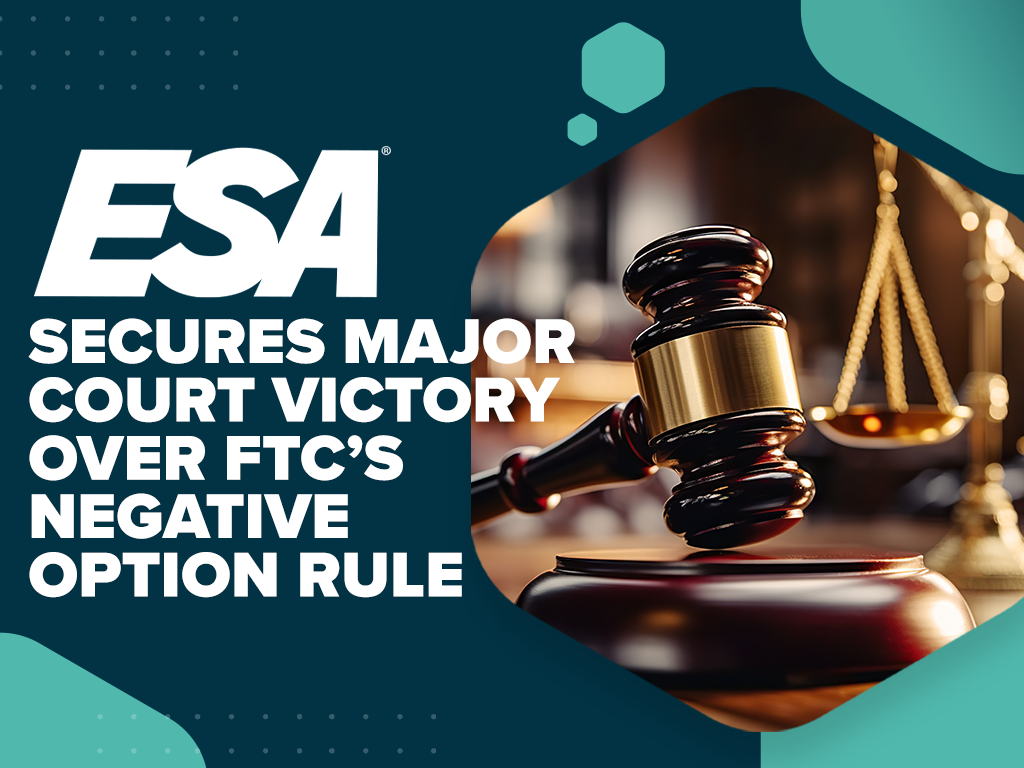The Lasting Impact of State Elections on Congress

Every 10 years, a census is conducted in the United States, and based on the results, most state legislatures draw legislative and Congressional district boundaries. While some states have moved away from the highly charged and political process that allows state legislators to draw their own boundaries and the boundaries for Congressional districts, well over half still use this process, which impacts who is elected to Congress and state houses for the next 10 years.
Thirty-one (31) states still draw Congressional districts in the state legislatures. The remainder have moved to advisory commissions, independent commissions, political appointee commissions or other variants – but at the end of the day, most are subject to political influence in one form or another.
This is why state legislative elections loom so large in our political discourse. The states with “trifectas,” where the Governor and both legislative chamber majorities all belong to the same party, play an even more important role in this process because there is little to block them (other than lawsuits and parliamentary rules) from drawing boundaries that favor their political party.
There are seven chambers among the 90 legislative chambers in the country that hold elections in 2019. The only shift thus far is both chambers in Virginia went from Republican to Democratic control, creating a Democratic “trifecta” in that commonwealth. The New Jersey Assembly stayed under Democratic control and both Mississippi chambers remained under Republican control.i The general election for Louisiana is on November 16th where both chambers and the Governor will be decided.
So, where do we stand now as a country on political control leading into 2020 and the decennial census that will carve legislative and congressional boundaries for the next decade? Without getting too deep in the weeds on specific races and which party Governors and chamber majorities belong to, we will just focus on political “trifectas” and divided government.
As of today, there are 27 Republican Governors and 23 Democratic Governors. The Louisiana Governor will be decided on November 16 and this will be a closely watched state where the incumbent John Bel Edwards (D) faces Eddie Rispone (R). After the November 5th election, Democrats gained a trifecta in Virginia, but on November 16th, Republicans could win back a trifecta if Rispone defeats Edwards and the seats up for election maintain Republican majorities in its House and Senate.
Entering the 2019 elections Republicans had a trifecta in 22 of the 36 states with trifectas and Democrats held 14.ii Based on the elections so far, Democrats have gained one trifecta (Virginia) and likely busted a trifecta in Kentucky, where Governor Matt Bevin is contesting his apparent defeat. The only remaining state to be determined, as mentioned, is Louisiana.
This may seem nuanced, but the impact of these elections, and the vital elections to come one year from now, will be pivotal to our political landscape for the next decade. No matter what your political affiliation, that should serve as enough motivation to vote.




